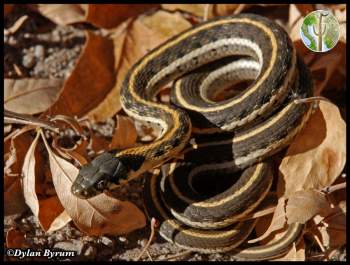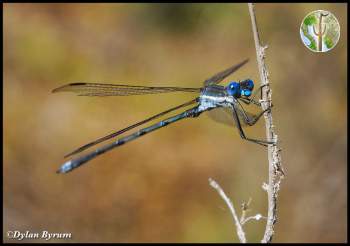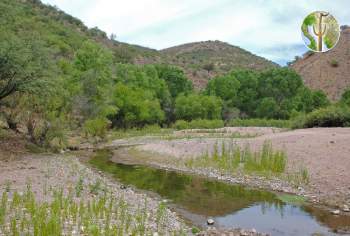Riparian Gallery Forest
Floating the Santa Cruz River in inflatable kayaks
The upper Santa Cruz River in Arizona is navigable by boat! The boats (IKs) are smaller than full rafts and float in a few inches of water. We had to drag occasionally and be careful of debris, but were able to float several miles of the Rio Santa Cruz!
This stretch has flows, which are supported by effluent from a sewage treatment plant in Nogales, AZ.
A Living River: Charting the Health of the Upper Santa Cruz River, 2010
For thousands of years, rivers in the arid Southwest have sustained people and supported an abundance of plants and wildlife. Though at times unnoticed, the numerous services that these rivers perform provide substantial benefits to the people living near them. For example, the plants growing along the river naturally slow flood flows, improve air quality, and provide shade. Soils in the floodplain, meanwhile, filter and clean the river water as it recharges the groundwater aquifer that supports local residents.
A Living River: Charting the Health of the Upper Santa Cruz River, 2008
For thousands of years, people in the arid West have built their communities near rivers that supply drinking water, serve as navigation corridors, and support hundreds of plant, fish, and wildlife species. The Upper Santa Cruz is such a river, having sustained human communities for more than 3,500 years. From its headwaters in the San Rafael Valley in Arizona, the Upper Santa Cruz River flows south into Mexico where it completes a 25-mile U-turn and flows north back into the United States through Santa Cruz County, Arizona.
Celebrating Arizona’s Rivers - the San Pedro River
Created as part of a collection of Arizona river overview documents titled "River of the Month Series, Celebrating Arizona’s Rivers".
Redfield Canyon in the Galiuro Mountains
Backpack trip in from BLM land on south side of the lower canyon. Several of these photos were taken in a major tributary called Swamp Springs Canyon.
Rio Aros and Yaqui Raft Trip, Monsoon 2012
This expedition was put together with support from the Northern Jaguar Project. The goal was to document flora and fauna in the remote and wild region in eastern Sonora.



